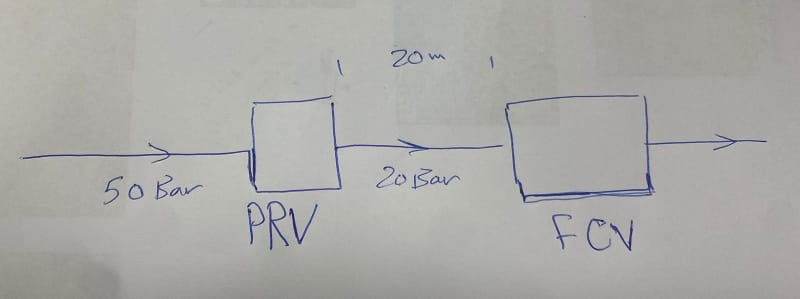Kadongo
Mechanical
- Feb 22, 2024
- 9
Hi All,
Many Thanks for your help,
I need to know what are the considrations to be noted in case of a series connection of flow control valves group and PRV group as per the follow pic:

I know that those valves shall fight each other but I am not sure about this? and what is the considreations in tems of hydraulic sizing?
Many thanks
Many Thanks for your help,
I need to know what are the considrations to be noted in case of a series connection of flow control valves group and PRV group as per the follow pic:

I know that those valves shall fight each other but I am not sure about this? and what is the considreations in tems of hydraulic sizing?
Many thanks
